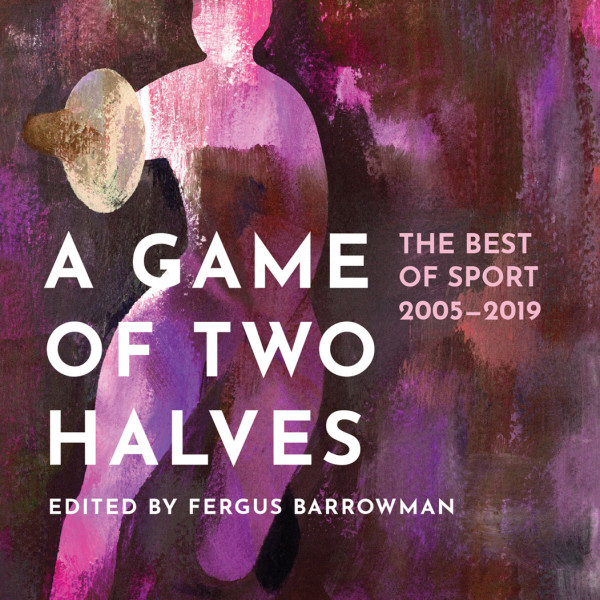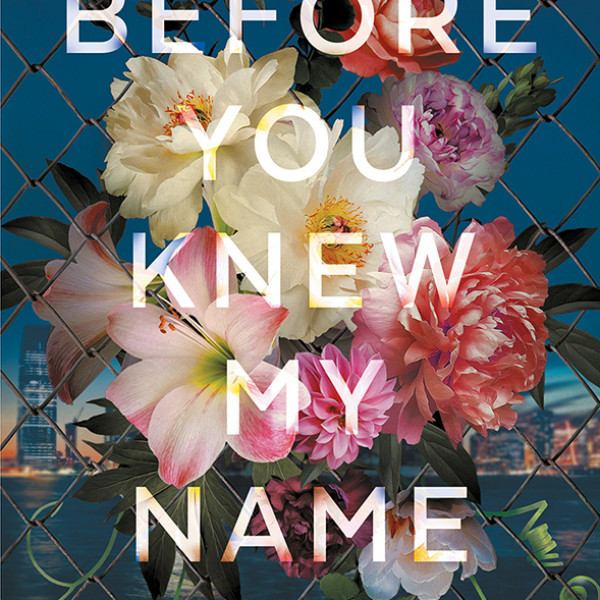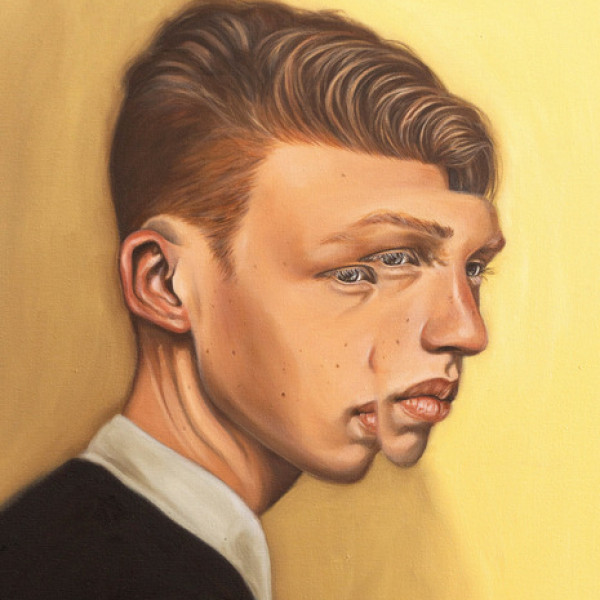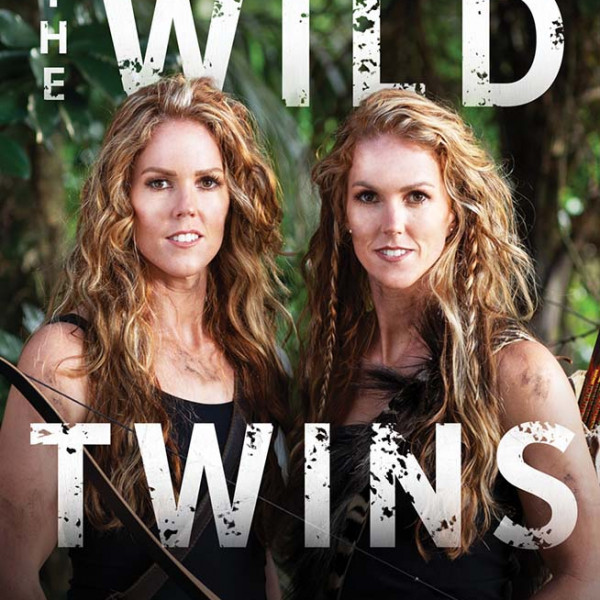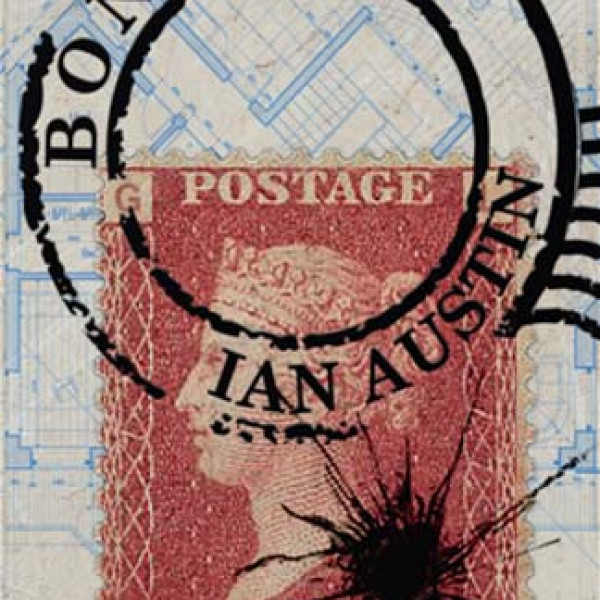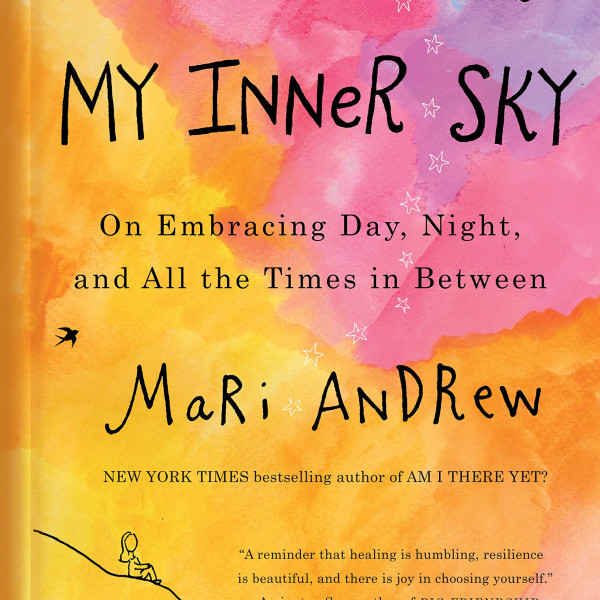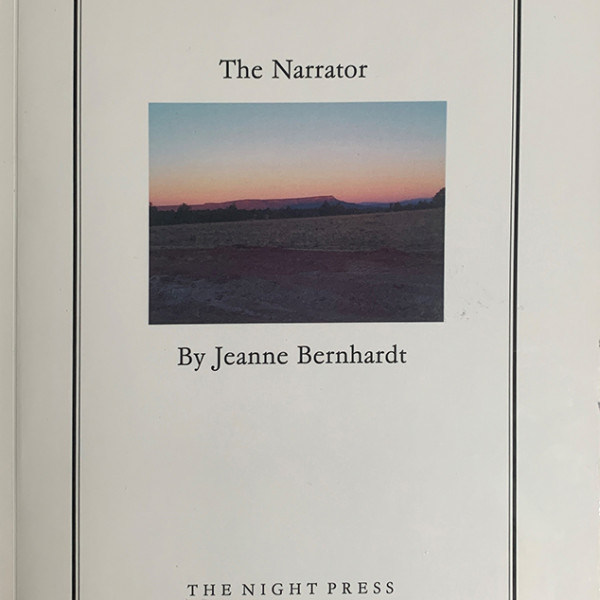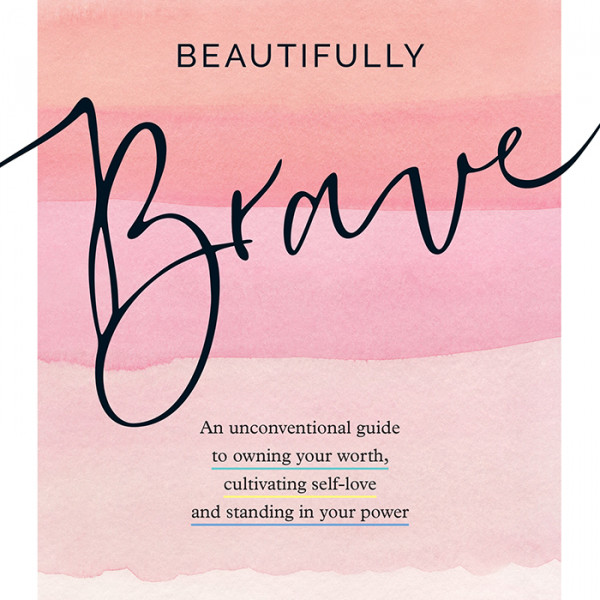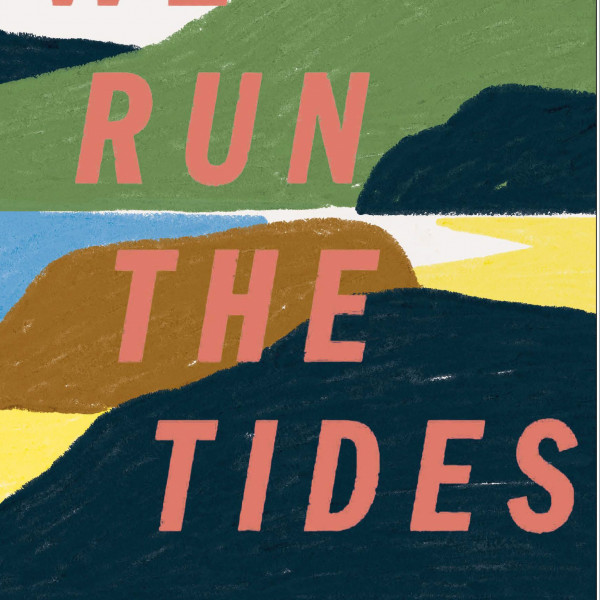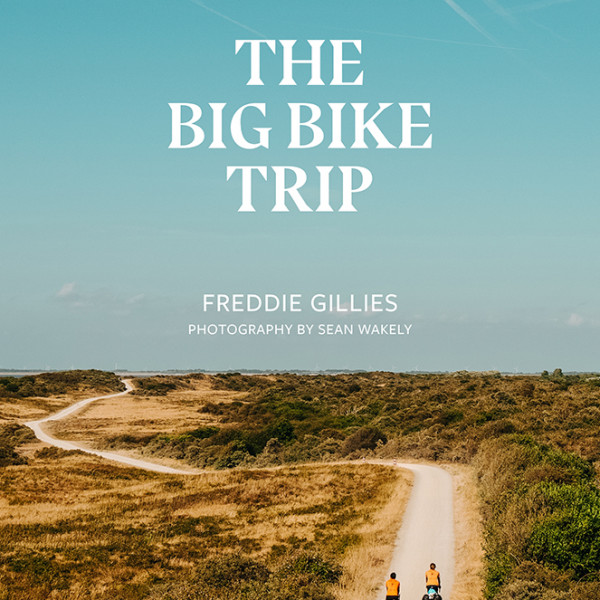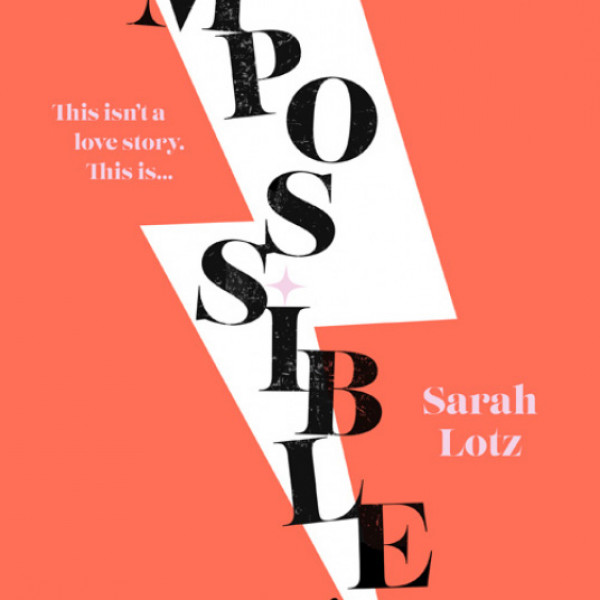
Well that was fun! I loved the title: Impossible – this isn’t a love story, this is f***king impossible. If the F bomb is dropped in the title, I know I’m going to read something written by a like-minded human being. I loved this line: “I know I’m getting old because I’ve started appreciating plants. And not just the type you smoke.”
The first chapter is great with a case of mistaken identity in an email trail between a man and woman that grows into something else. I’ve been there, intercepted texts meant for someone else. A nice guy trying to buy his girl a Kirks voucher that he thought she didn’t want. I said I’ll have it. I miss Kirks… The internet does bring out the crazy in everyone, let’s face it. There are two main characters and the chapters are split evenly between his and her stories. Between those chapters are their exchanges of email banter that are fun to read and usually humorous.
Part three gets a bit weird and I get lost. But then I get it. Alternative universes and all that. The two main characters live in different countries and eras. Stick with it. There are weirdos who belong to a society, a nasty boarding house, mad drunk husbands, affairs, smelly dogs, and attempted suicides that feature throughout the storyline. The ending was kind of predictable but not a lot is predictable in this book.
The author, Sarah Lotz, has written 18 books, several under non de plumes. A Girl Walks into a Bar is another fab book title that I’d be keen to read. I enjoyed Impossible and might read more from Sarah Lotz. It is chick-lit but has something for everyone I reckon. I read it over the long weekend and it was a nice distraction from the reality of going to the Omicron red traffic light system. We all need good books to read during COVID and this one provides light relief and the ‘what if it was real?’ factor.


